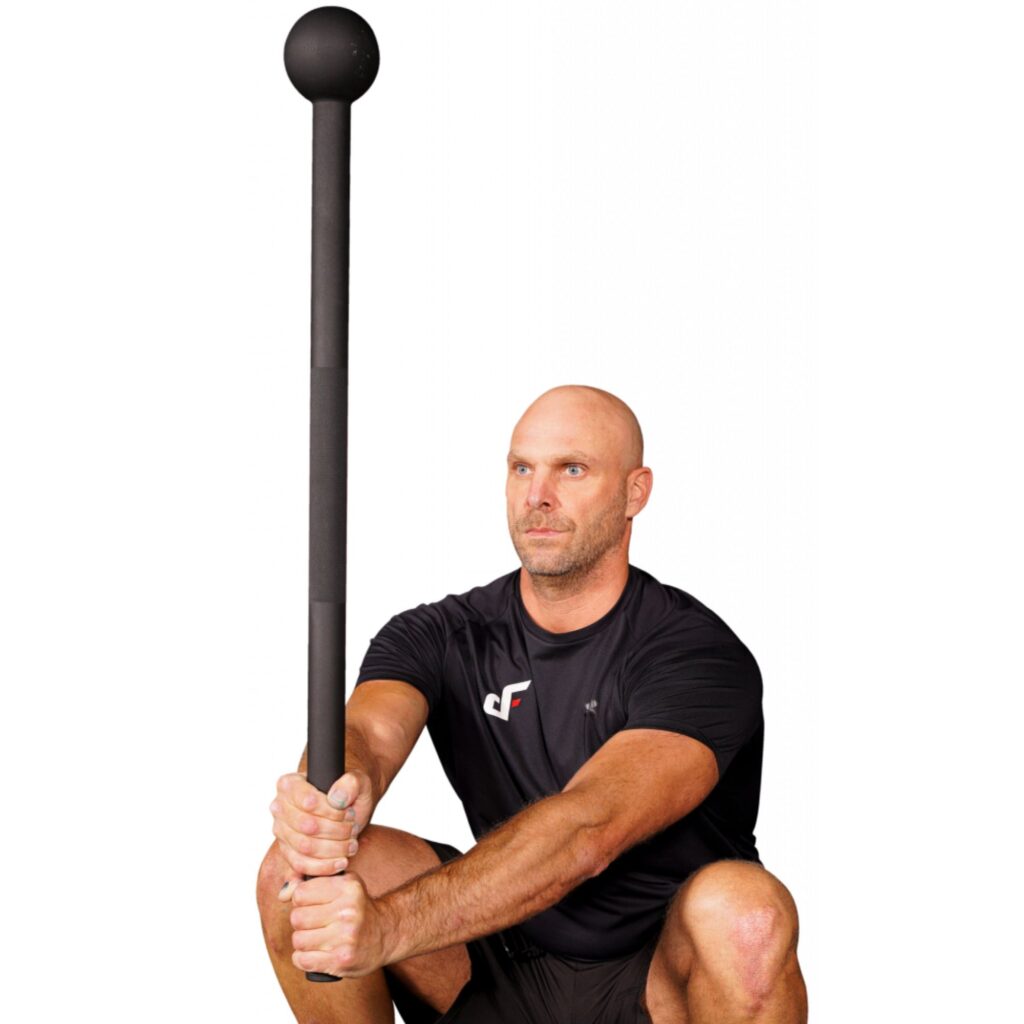Introduction
Step into the realm of Indian clubs, where ancient wisdom intertwines with modern fitness. For centuries, these wooden or metal tools have been utilized in India and beyond as a means to enhance physical fitness and promote overall well-being. With their graceful, flowing movements, Indian clubs offer a captivating and effective way to improve strength, flexibility, and coordination.
In this article, we delve deep into the world of Indian clubs, uncovering their rich history, exploring their remarkable benefits, and providing insights into the techniques used to wield them with finesse. Whether you’re a fitness enthusiast seeking a new challenge or someone interested in exploring the roots of physical culture, the Indian clubs have something exceptional to offer.

Source: Dangerously Fit Steel Maces
The Fascinating History of Indian Clubs
1. Ancient Origins and Cultural Significance
◦ Tracing back to ancient Persia and India
◦ Utilized by warriors, wrestlers, and dancers
2. The British Influence
◦ Introduced to Europe in the 18th century
◦ Gained popularity as a fitness tool among British military personnel
3. Evolution in India
◦ Integration into traditional Indian exercise systems like the “Mallakhamb”
◦ Continued practice and preservation of club swinging techniques
Benefits of Indian Club Training
1. Enhanced Physical Fitness
◦ Promotes strength, flexibility, and coordination
◦ Improves joint mobility and range of motion
2. Core Stability and Balance
◦ Engages the core muscles for stability and balance
◦ Develops proprioception and body awareness
3. Posture Correction and Shoulder Health
◦ Counteracts the effects of sedentary lifestyles and poor posture
◦ Strengthens the shoulder girdle and improves shoulder mobility
4. Mental Focus and Concentration
◦ Requires concentration and mindfulness
◦ Provides a meditative experience through rhythmic movements
If you want to purchase a set, I recommend buying Indian clubs on Etsy.
Techniques and Training Methods
1. Basic Grip and Stance
◦ Correct grip for optimal control and safety
◦ Appropriate stance for balance and stability
2. Fundamental Swinging Patterns
◦ Two-handed swings for beginners
◦ Progression to single-handed and asymmetrical swings
3. Advanced Techniques and Variations
◦ Circular swings, figure eights, and pendulum swings
◦ Behind-the-back and over-the-shoulder maneuvers
4. Integrating Indian Clubs with Other Exercises
◦ Incorporating clubs into bodyweight exercises
◦ Pairing clubs with yoga or Pilates routines
FAQs about Indian Clubs
1. Are Indian clubs suitable for beginners?
◦ Absolutely! Indian clubs offer a scalable and adaptable fitness option for individuals of all fitness levels. Starting with lighter clubs and practicing basic techniques allows beginners to gradually build strength and coordination.
2. Can Indian club training help with rehabilitation?
◦ Yes, Indian club exercises can be beneficial for rehabilitation purposes. However, it’s important to consult with a healthcare professional or a qualified trainer to determine the suitability and appropriateness of specific exercises based on individual needs.
3. Do Indian clubs help in improving sports performance?
◦ Indian clubs can indeed enhance sports performance. The swinging patterns and movements engage multiple muscle groups, improve coordination, and increase shoulder stability, all of which can translate to better performance in various athletic endeavors.
Conclusion
The Indian clubs, steeped in rich history and cultural significance, continue to captivate fitness enthusiasts across the globe. Their elegant and flowing movements offer a unique blend of


